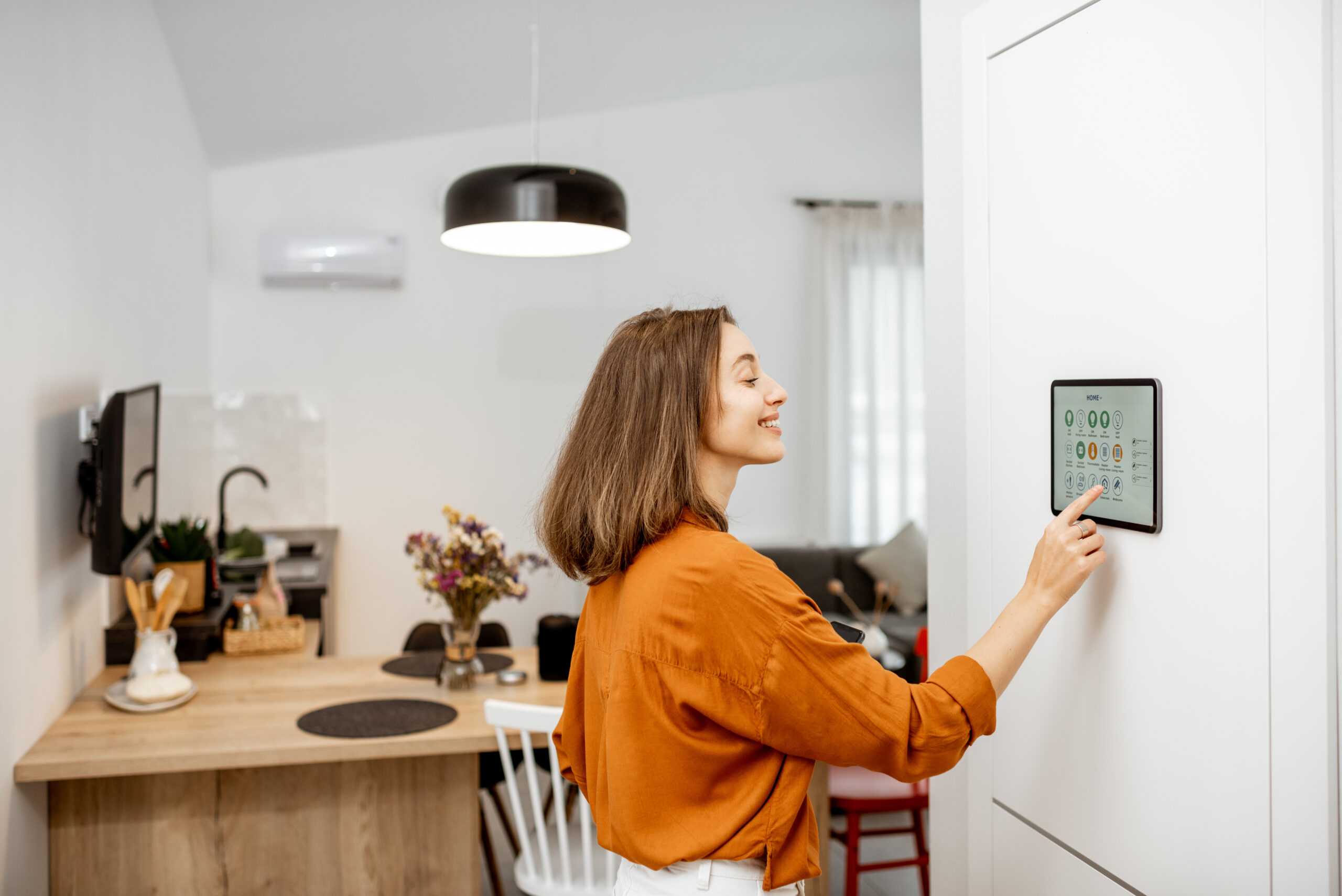As we commemorate the one hundredth edition of Interpret’s weekly consumer technology blog, Interpret Insights, it is only appropriate that we take stock of our society’s progress on the journey to smart homes. According to David Priest of CNET, 2022 is the banner year for realizing the dream of smart homes. The reasons Priest gives for 2022 being a “hinge year” include:
- Pandemic-fueled surge in appetite for new homes
- Increasing average internet speeds that make connected technologies easier to use
- The upcoming Matter communications protocol which may finally unite “a historically siloed industry”
- Growing consumer comfort with technology
Peak pandemic, lower interest rates and increased interest in housing, combined with building materials supply problems created one of the most imbalanced markets in history, with demand for housing far outstripping supply. For many, home has become the center for both work and leisure, and this has increased the demand for smart home amenities. While recent rising interest rates is cooling demand in overheated markets, a housing shortage remains.
National builder Toll Brothers now includes smart home amenities in every new construction. Toll Brothers’ president of smart home technologies stated, “I think we’ve reached a point where smart home control is expected in new construction. It is no longer a novelty but rather a proven feature that home buyers want in their new home.” While built-in smart home amenities are common to higher-end homes, it is expected that, within a decade, every new home buyer will expect some level of smart home amenities.
In October, Interpret, in collaboration with AE Ventures, producers of the TecHome Builder Summit, GE Appliances, and NORTEK/Nice North America will present research based on interviews conducted among 250 single family builders. Findings will be presented at TecHome Builder Summit and detail builders’ smart home priorities and what market forces most compel them to include smart home amenities. In prior research, Interpret found that 41% of US adult consumers would like their next home to include basic smart home technology such as smart lighting, smart door locks, or smart thermostats, while 30% of consumers consider a move-in-ready home to be one that includes smart home technology.
Even if 2022 is not the hinge year, it is clear that more consumers than ever are now aware of smart home technologies and have determined that they are important amenities to live with. The smart home industry should be preparing for a strong decade of growth as demand continues to increase.




